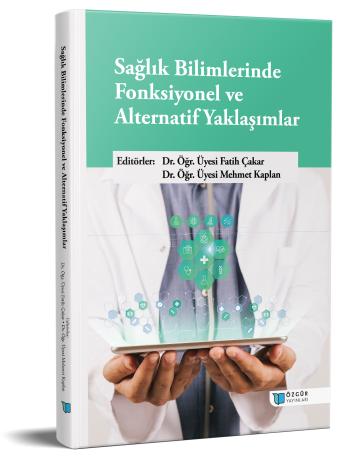
Alternative Rehabilitation Methods in Children With Cerebral Palsy
Chapter from the book:
Çakar,
F.
&
Kaplan,
M.
(eds.)
2025.
Functional and Alternative Approaches in Health Sciences.
Synopsis
Cerebral palsy (CP) is a neurodevelopmental condition characterized by movement and posture disorders resulting from damage to the developing brain. Despite evolving global health landscapes, it remains one of the most common causes of physical disability originating in childhood. In addition to primary motor impairments, individuals with CP often experience intellectual disability, epilepsy, pain, musculoskeletal problems, and other comorbidities. As such, the management of CP requires a multidisciplinary approach.
Key goals of rehabilitation include the improvement of motor and cognitive functions, prevention of secondary complications, and enhancement of family quality of life. Alternative rehabilitation approaches for children with CP offer a range of options that can be tailored to individual needs. While some methods have shown promising results, ongoing research and rigorous clinical trials are essential to validate their effectiveness and optimize their integration into standard care practices.

